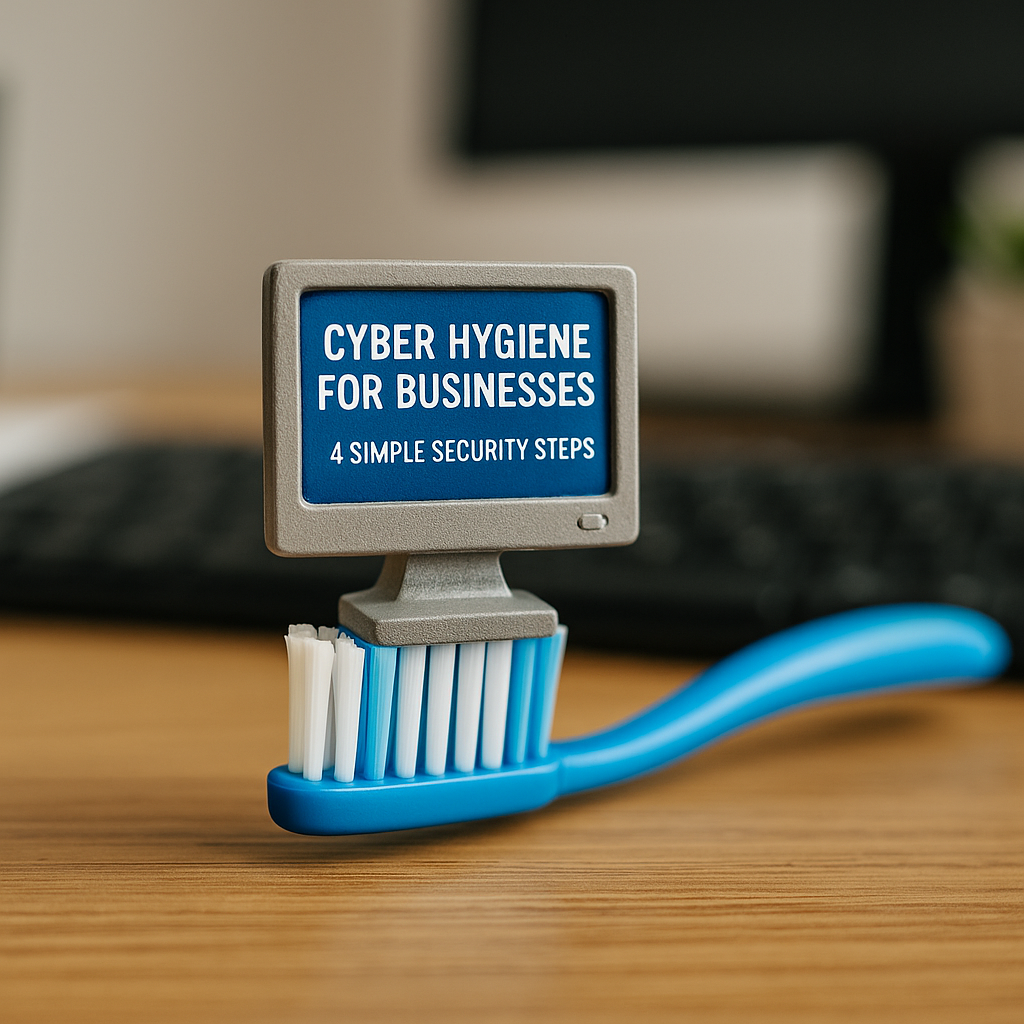1. Lock Down Your Network
Your network is your business’s digital home. And just like any home, it needs locks on the doors and shades on the windows.
- Use a firewall to control who gets in and out
- Hide your Wi-Fi by turning off SSID broadcasting
- Password-protect your router – no “admin123” nonsense
- For remote workers, make a VPN mandatory. It’s the safest bridge back to your office systems
2. Train Your Team Like They Matter
Your team isn’t the weakest link – they’re your first line of defense, if they know what to watch for. Start with:
- Strong, unique passwords
- Multi-factor authentication (MFA)
- Guidelines for internet use and handling sensitive data
- Training to spot phishing emails and suspicious links
The goal isn’t perfection – it’s building muscle memory so the right move becomes second nature.
3. Back It Up Automatically
If ransomware ever comes knocking – and unfortunately, it does – you want to be the business that shrugs, restores a backup, and keeps going. Make sure your critical data is:
- Backed up regularly
- Stored in secure, off-site or cloud environments
- Set to auto-backup whenever possible
Think of it as a safety net you hope never to need – but are deeply grateful for when you do.
4. Practice “Need to Know” Access
Nobody should have keys to every room in your digital house. Not because you don’t trust your team, but because good systems don’t rely on blind trust.
- Grant employees access only to what they need to do their jobs
- Reserve admin privileges for IT and essential personnel
- Make offboarding part of your security checklist – remove access immediately when someone leaves
Even if a breach occurs, limited access can stop it from spreading.
A Little Hassle Now Beats a Big Crisis Later
Yes, these steps take time and effort. But they take less time, money, and emotional bandwidth than responding to a breach or paying off a ransomware demand. And if you’re not sure how your current setup stacks up, that’s okay. You don’t have to guess.
Start with a free Cybersecurity Risk Assessment. It’ll shine a light on your blind spots, help you shore up the basics, and give you a real plan you can act on.
Because “peace of mind” isn’t just a nice-to-have. In today’s world, it’s part of running a business.







